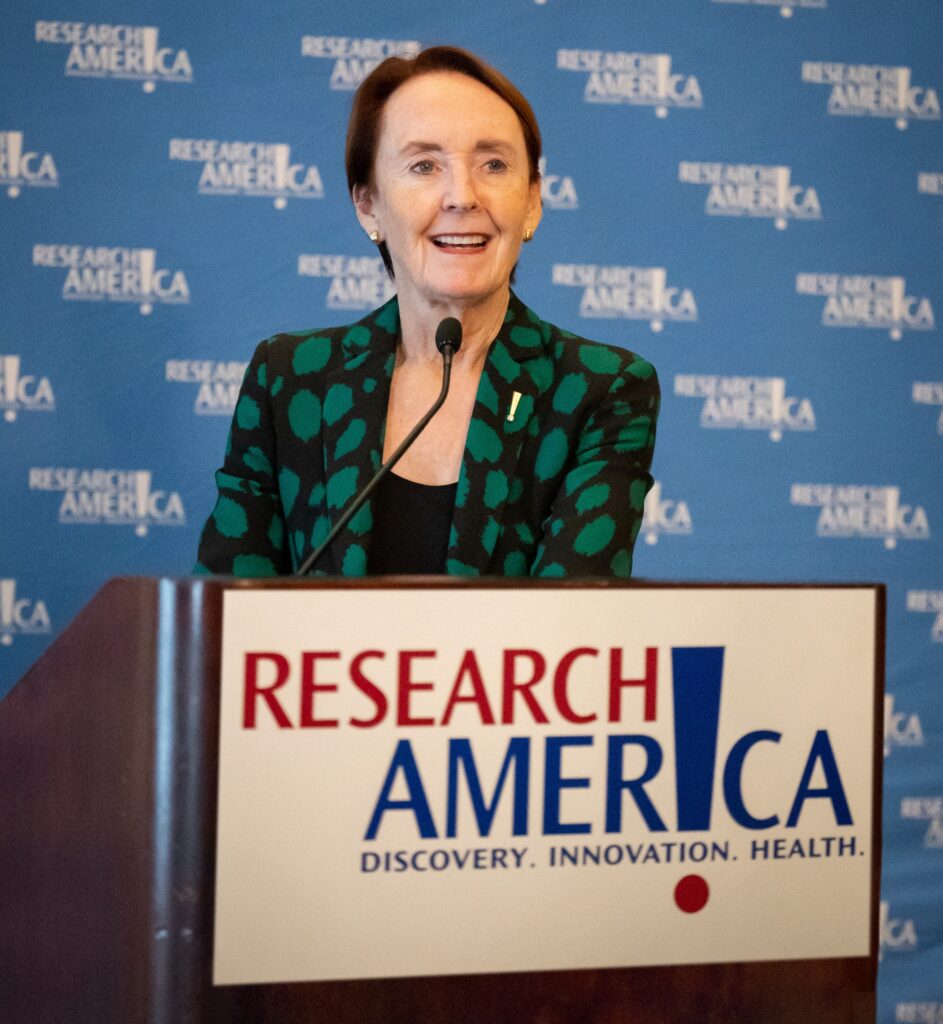Bayh-Dole Act
“Bayh-Dole allows the entrepreneurial spirit in the public and private sectors to join together turning early stage research into products benefiting our own citizens– and indeed, those around the world.”
–Senator Birch Bayh, December 5, 2010
The Bipartisan Bayh-Dole Act: Exploring the Landmark Law that Bridged Scientific Discovery and Medical Innovation
The 1980 Bayh-Dole Act established a “technology transfer system” that allows for the transfer of patent rights arising from federally funded research to be licensed to private sector companies. These companies engage in additional research and development required to achieve new medical innovations. (As it stands, the private sector is the largest funder of health-focused research & development in the United States, accounting for just over 65% of all National Science Foundation-categorized R&D. The federal government is the second largest funder at just over 25%.)
The Department of Commerce is pursuing a new “march-in” framework that would place NIH and other federal research agencies in the position of monitoring the list prices of any product for which a federal technology transfer agreement is in place and “marching in on” (breaching) technology agreements if they feel the list prices are “unreasonable.”
Beyond contravening documented congressional intent, dismissing 40 years of federal precedent, and diluting the research missions of these key federal agencies, the new framework undercuts the reliability of academic-private sector technology transfer agreements. The inevitable result of making the Bayh-dole tech transfer bridge unreliable is to make it impassable. The proposed NIST framework would recreate the progress-stifling break in the R&D pipeline that Bayh-Dole was enacted to address.
Affordability is extremely important, as is scientific discovery. Ensuring healthcare is more affordable should be prioritized alongside — not at the cost of – the public and private sector-funded R&D required to achieve new preventative measures, diagnostics, treatments, and cures. Consider rare diseases – according to the Critical Path Institute, only 10% of the 10,000 known rare diseases have an FDA-approved treatment available. Accelerated progress against these diseases, and ensuring new and existing treatments reach all patients in need, should be treated as dual, not competing, priorities.
Resources
Do you have questions about the Bayh-Dole Act? For more information, check out our resources below:
Bayh-Dole Frequently Asked Questions
Research!America Comments on Bayh-Dole
CRS Reports
2024: March-In Rights Under the Bayh-Dole Act: Draft Guidance
Info on Bayh-Dole events/roundtables
Stay tuned for future events!







